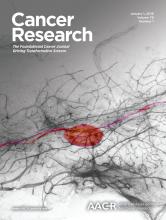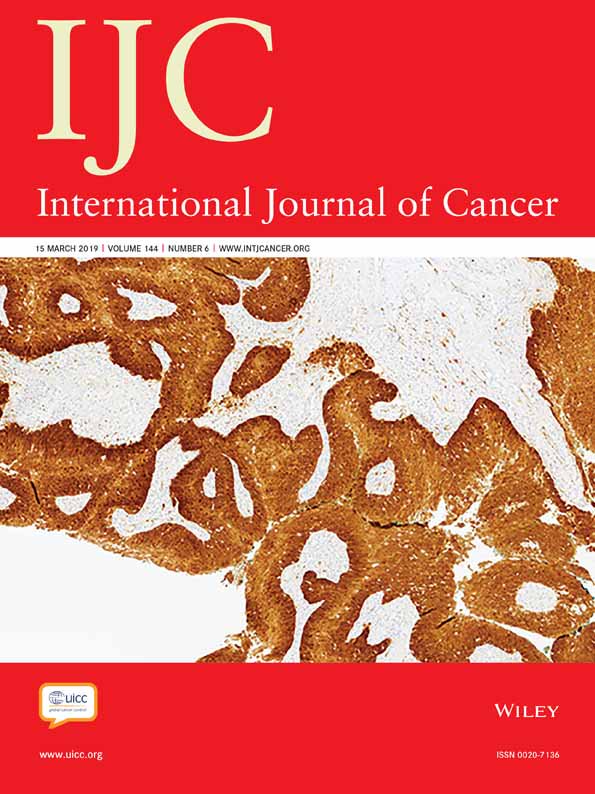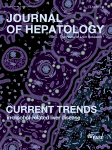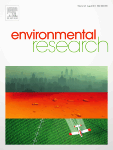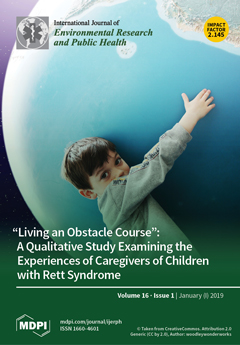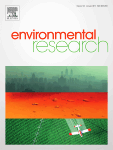Desigualdades de género en los impactos del cuidado informal de mayores dependientes en Gipuzkoa: Estudio CUIDAR-SE
Fundamentos: La prestación de cuidados informales determina la existencia de desigualdades en salud, a las cuales se suman las desigualdades de género por el papel mayoritario de las mujeres en dicha prestación. Los objetivos de este estudio fueron caracterizar a la población cuidadora informal de mayores dependientes en Gipuzkoa, conocer los impactos de cuidar sobre…





